Most people welcome spending time in nature and sexasia | Adult Movies Onlinegreen space. After all, taking a few moments in the outdoors offers a much-needed break from the chaos of everyday life. And it can also lend positive physiological benefits, including lower stress levels, fewer symptoms of depression, and even a lower mortality rate.
Still, despite everything scientists know about the connection between nature and well-being, they still can't say with certainty how much time outdoors leads to improved mental and physical health.
A new study, published Thursday in Frontiers in Psychology, attempted to answer that question by asking participants to spend time in a place that "brings a sense of contact with nature" for at least 10 minutes per outing, three times per week, over the course of eight weeks. The researchers found that participants who immersed themselves in a "nature experience" for at least 20 minutes per outing experienced a significant decrease in their levels of the stress hormone cortisol.
The study's authors wrote that they envision ultimately developing a "nature prescription" — or "nature pill" — that health care providers can offer to their patients as a low-cost, preventive mental health treatment. (The "pill" is the time spent outside.)
SEE ALSO: One overlooked way we can significantly improve our mental health: more natureThis research is the first step toward that goal, says MaryCarol R. Hunter, the study's lead author and an associate professor at the School for Environment and Sustainability at the University of Michigan.
That's because the subject is tricky and expensive to study. Scientists don't yet know exactly which aspects of nature and green space — whether they're trees, grass, water, or plants — trigger the benefits of being outside. It's also difficult for them to design studies using the gold standard of a randomized clinical trial because neither scientists nor study participants are supposed to know which treatment or intervention the subject receives. In a study about exposure to nature, it's typically obvious to both the scientist and their subjects who's being sent to green spaces.
So Hunter and her colleagues tried an "adaptive management" approach instead. They let their 36 participants freely decide where, when, and how long they spent time in nature, provided they obeyed certain ground rules. They couldn't use phones or internet-connected devices to browse social media or the internet, and they couldn't make calls or read during their designated time outside. Their nature experience also couldn't include aerobic exercise. The researchers were collecting saliva samples that, in addition to cortisol, measured the hormone amylase, which can be influenced by physical activity.
"You could go sit next to one tree and just be with the tree, that could do it for you."
"They could pick any place they wanted," says Hunter, "but when they went to the place they actually had to feel some resonance to nature, feel connected to it. You could go sit next to one tree and just be with the tree, that could do it for you. The same person might go to a city park free of the noise of traffic."
Peter James, an assistant professor in the department of population medicine at Harvard Medical School who has studied the link between nature and well-being, says the study's approach highlights the trade-off of letting participants shape the intervention based on their own interests. While it makes the research more feasible, it becomes difficult to know whether they stayed outdoors longer because of a personal inclination, like because they were having a great time — or some other factor unknown to the researchers. It's also then hard to know the characteristics of the participants' nature experience.
"This is a consistent problem in the literature," says James. "What is a nature experience? Is it looking at trees, grass, going on a hike, walking in an urban park? It's one of the vexing problems in this area of research."
Hunter says that people's changing perception of nature is at the heart of this challenge. Venturing into a wilderness area might feel relaxing and restorative for one person, but terrifying for someone else, who'd much rather decompress in an urban park. Doctors who want to prescribe a nature experience to their patients shouldn't focus on a standard experience but rather encourage them to go where they feel most connected to the outdoors, Hunter says.
She also plans to release additional research based on the data collected in this study. In particular, Hunter wants to look at the self-reported information she gathered from participants about their mood, stress, and energy level to see if there's a correlation with the decrease in cortisol.
While intriguing, there are limitations to broadly generalizing the findings. The small sample consisted mainly of white women, all healthy, with a mean age of 46, who responded to an ad seeking people interested in spending more time outdoors in green spaces. That group doesn't reflect the population at large. Some research, however, does suggest that exposure to nature and green spaces has strong health benefits for low-income populations.
Hunter knows that 20 minutes in nature may be out of reach for many people. It might be difficult for them to reach green spaces or they can't commit to that much time. In her own personal experience with friends and family, Hunter has recommended just five minutes per outing to start. It's a number that seems manageable and can quickly turn into more time.
"To be practical," says Hunter, "it has to be something they can just do easily."
Topics Health Mental Health Social Good Nature
 Waitin’ on the Student Debt Jubilee
Waitin’ on the Student Debt Jubilee
 Audio erotica app Bloom debuts AI roleplay chatbots
Audio erotica app Bloom debuts AI roleplay chatbots
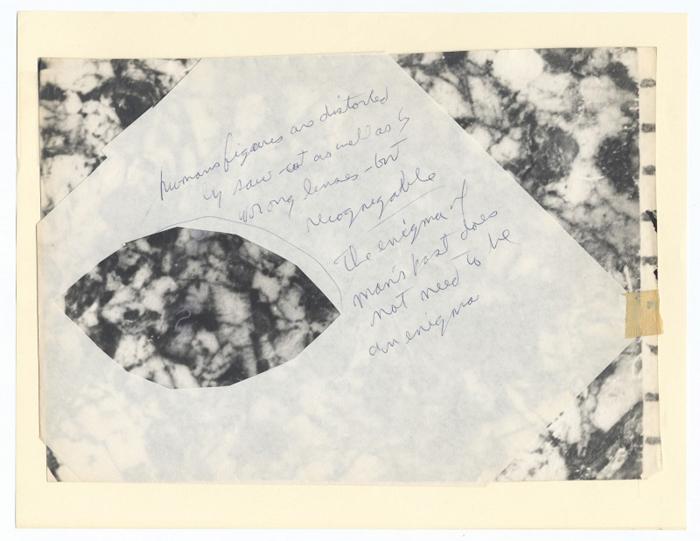 Richard Sharpe Shaver’s Theory on “Rock Books”
Richard Sharpe Shaver’s Theory on “Rock Books”
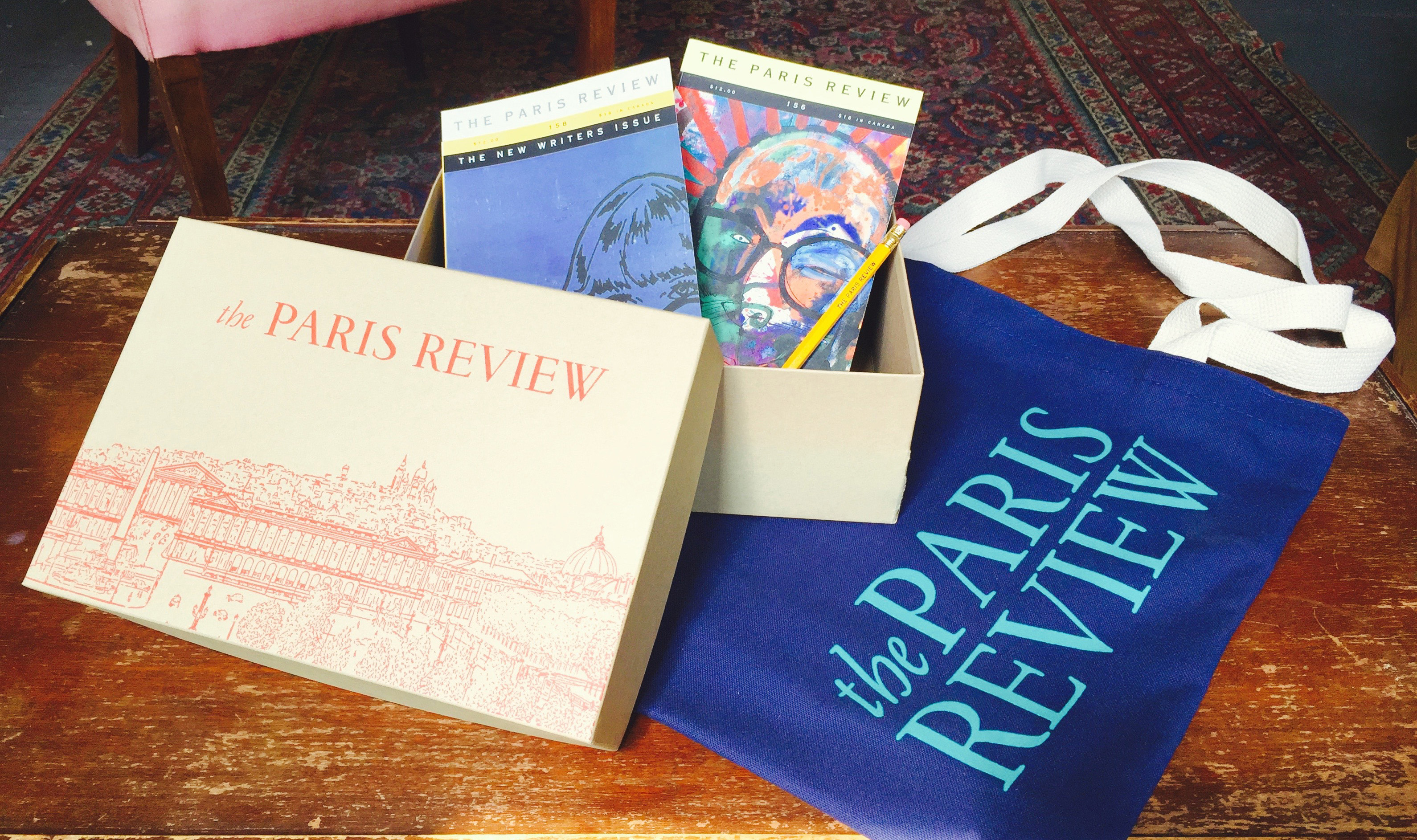 For Graduates: The Paris Review’s Commencement Gift Box
For Graduates: The Paris Review’s Commencement Gift Box
 A Typical Wall Street Republican
A Typical Wall Street Republican
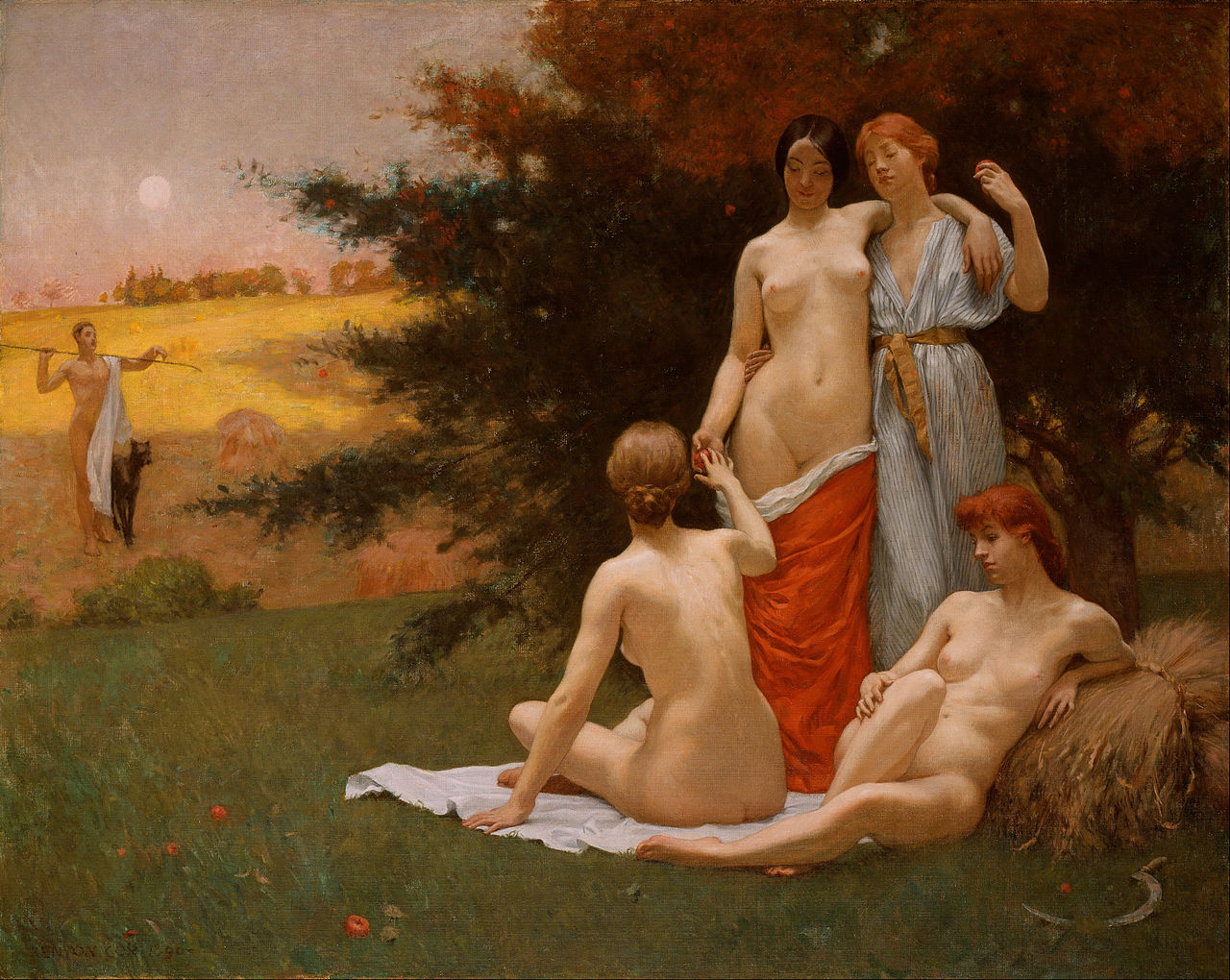 Is Every Poem a Failure?
Is Every Poem a Failure?
 Wordle today: Here's the answer and hints for September 25
Wordle today: Here's the answer and hints for September 25
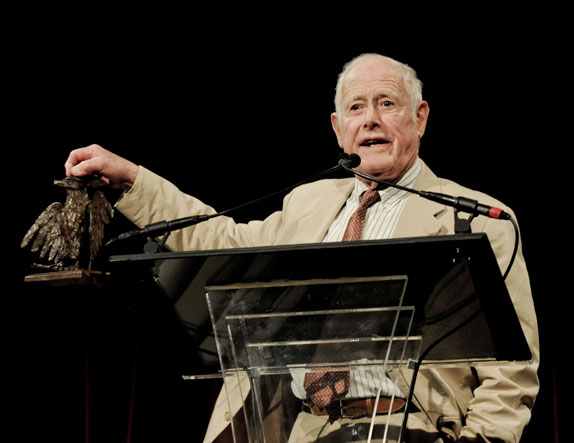 James Salter on His Early Experiences with The Paris Review
James Salter on His Early Experiences with The Paris Review
 Against Fear
Against Fear
 Wordle today: Here's the answer and hints for September 25
Wordle today: Here's the answer and hints for September 25
 Waymo data shows humans are terrible drivers compared to AI
Waymo data shows humans are terrible drivers compared to AI
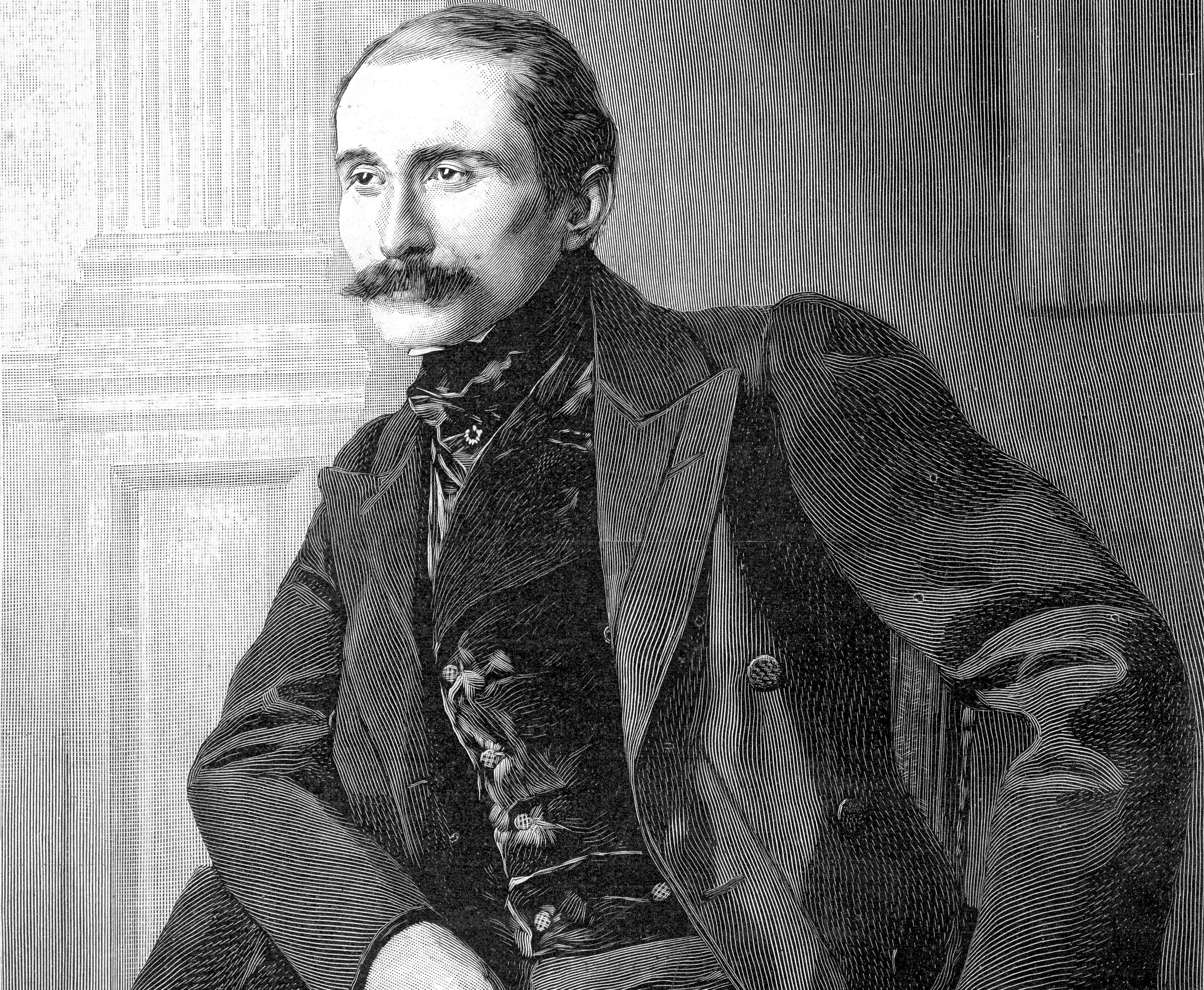 The Provocative, Misleading Paperbacks of the 1930s
The Provocative, Misleading Paperbacks of the 1930s
 ChatGPT rolls out voice and image capabilities
ChatGPT rolls out voice and image capabilities
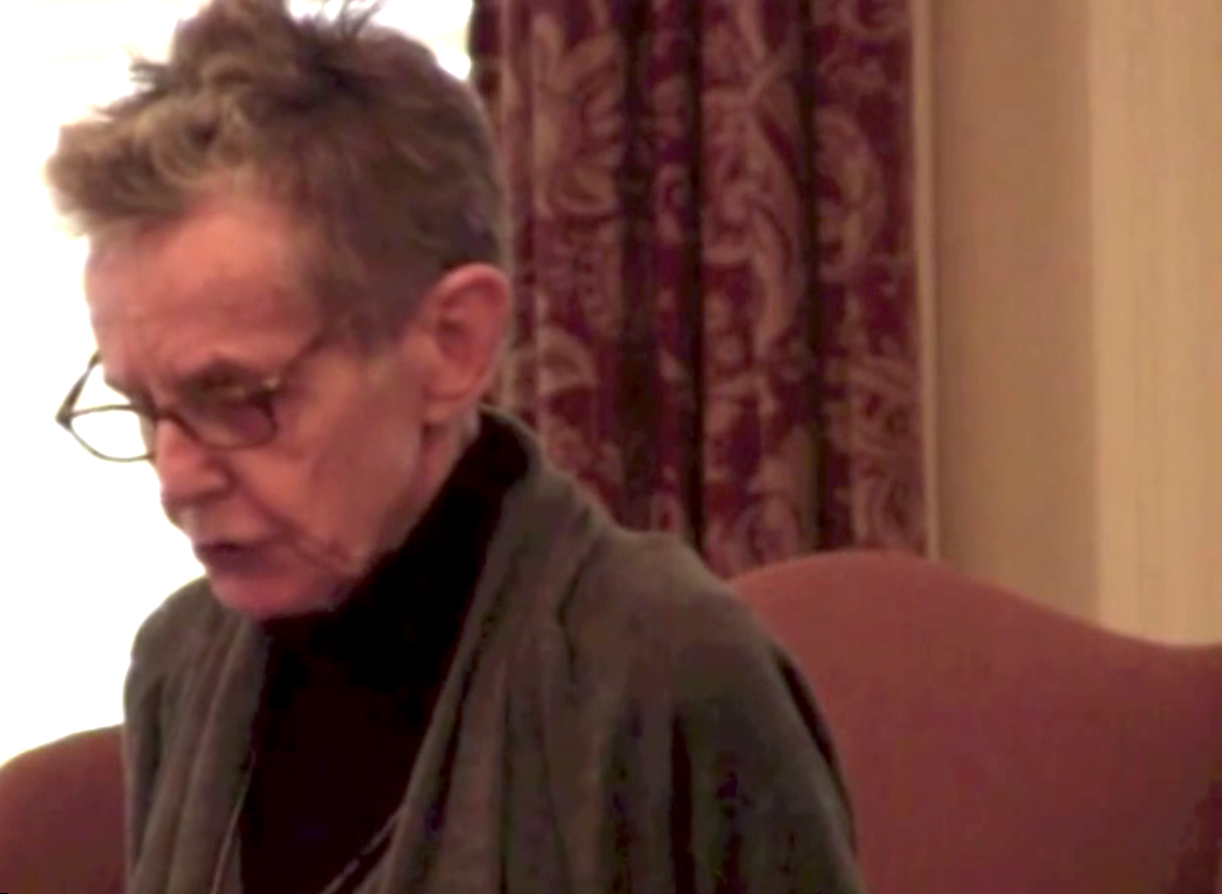 “Defenestration of Prague,” a Poem by Susan Howe
“Defenestration of Prague,” a Poem by Susan Howe
 Apple is actively looking at AI search for Safari
Apple is actively looking at AI search for Safari
 The Occult Experiments of Borges and Xul Solar
The Occult Experiments of Borges and Xul Solar
 Wordle today: Here's the answer and hints for September 26
Wordle today: Here's the answer and hints for September 26
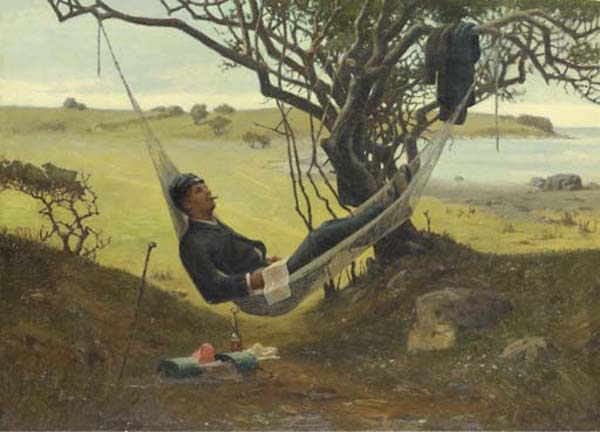 On James Wright’s “Lying in a Hammock...”
On James Wright’s “Lying in a Hammock...”
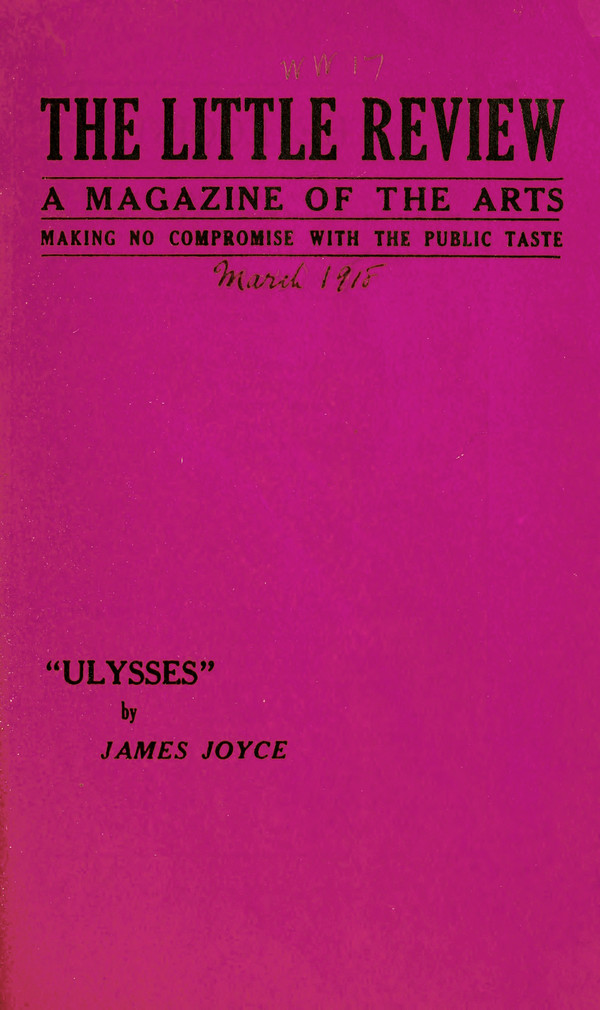 Ezra Pound Chastises James Joyce’s Potty Humor
Ezra Pound Chastises James Joyce’s Potty Humor
Here's what happened with Beyoncé at the NBA FinalsTrump won't be factTeen welcomes Trump to the UK by mowing a giant penis into his lawnMicrosoft is making Xbox body wash that absolutely no one asked for'God of War Ragnarok': How to upgrade DraupnirHow Snapchat brought me and my son togetherCool English teacher asked her students to make memes. They delivered.Robert Yang, the creator behind the best sex games, talks art, intimacy, and gay cultureWhy affairs are on the rise in the cost of living crisisKhloe Kardashian escorted a starstruck superfan to his promTrump won't be factGoogle Doodle celebrates 50 years of Pride with a big paradeDonald Trump angrily tweets about London's mayor, gets some brutal repliesEngland vs Iran livestream: Watch FIFA World Cup 2022 Group BDog's birthday party puts most human parties to shameWorld Cup apps Hayya and Ehteraz under scrutiny due to privacy concernsPrince Louis stole the show at Queen Elizabeth's birthday celebrationHow Snapchat brought me and my son togetherMicrosoft is making Xbox body wash that absolutely no one asked forElon Musk sends Twitter employees his weirdest email so far What We’re Loving: Russian Doubts, Family Ties, and the Letters Q, T, and X by The Paris Review Airbrushed Austen, and Other News by Sadie Stein And the Pantone Color of the Year Is… by Sadie Stein Ivor Gurney’s “To His Love” by Glyn Maxwell Unconscious by Sadie Stein Doris Lessing, 1919–2013 by Sadie Stein Remembering Mandela, and Other News by Sadie Stein The Subjective Fog: For Julian Hoeber by Jonathan Lethem “The House We Live In”: Elizabeth Bishop on the Big Screen by Magdalena Edwards Amazon, Robots, and Other News by Sadie Stein O Canada by Sadie Stein Recapping Dante: Canto 5, or A Note on the Translation by Alexander Aciman F?!@#g Ohio by Sadie Stein Jumping Off a Cliff: An Interview with Kevin Barry by Jonathan Lee The Great Columbia Book Slide of 1934 by Sadie Stein Amazon Is Stressful, and Other News by Sadie Stein Kimchi and Turkey by Michael Croley Recapping Dante: Canto 8, or High Drama by Alexander Aciman Mad Money, and Other News by Sadie Stein Recapping Dante: Canto 9, or Dial V for Virgil by Alexander Aciman
2.5489s , 8223.875 kb
Copyright © 2025 Powered by 【sexasia | Adult Movies Online】,Defense Information Network